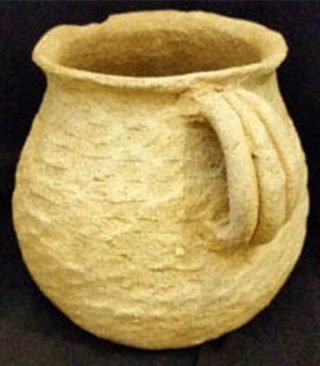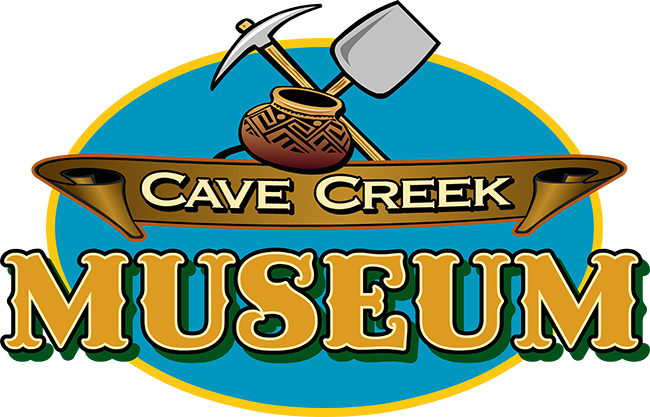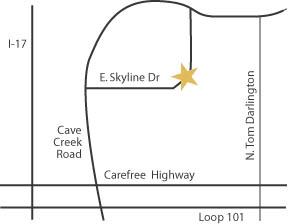Corrugated Wares
WE LAUNCH THIS YEAR’S “Artifact of the Month” exhibit with this sturdy pottery jug made in the style identified as “obliterated corrugated,” which refers to the exterior texture almost certainly crafted by using coil construction. Remember grade school art classes when you rolled out “worms” of clay then wound them around to create an object? The coil technique used by the Ancestral Pueblo People is a refinement of that, with the craftsperson “obliterating” obvious signs of coiling, sometimes bringing the pot to a slick smoothness or—as in the case of this piece—to an interesting texture.
The inside of the vessel has also been smoothed, either with moistened fingers or a small polishing stone.
Note the handle of the jug. Though simple, it shows an elegance with its three coiled loops that form its shape. The delicate fluting of the mouth of the jug, the graduated swelling from the neck, are aesthetically appealing even though the pot is unadorned by paint or incisement.
This piece is part of a large collection of artifacts given by the Heckel family to the Cave Creek Museum in 1980.
At that time it was identified as “Ancestral Pueblo; AD 1200- Present; Jeddito Plain Ware Corrugated.” Recently, however, the pottery was re-examined. It did not appear to be Jeddito. A photo was sent to a J. Scott Wood, archeologist and pottery expert, who believes the piece is more probably “late 1200s Tusayan Corrugated.” He notes that most Jeddito pottery is a “bright yellow to almost orange through and through. The yellowish parts of this pot look more like soil staining.”
This illustrates that while archaeology is a study of the past through material remains, it does not mean the discipline is stagnant. As we learn more about the ancient people of the Southwest, we can apply that knowledge to the interpretation of the material objects they have left behind.


